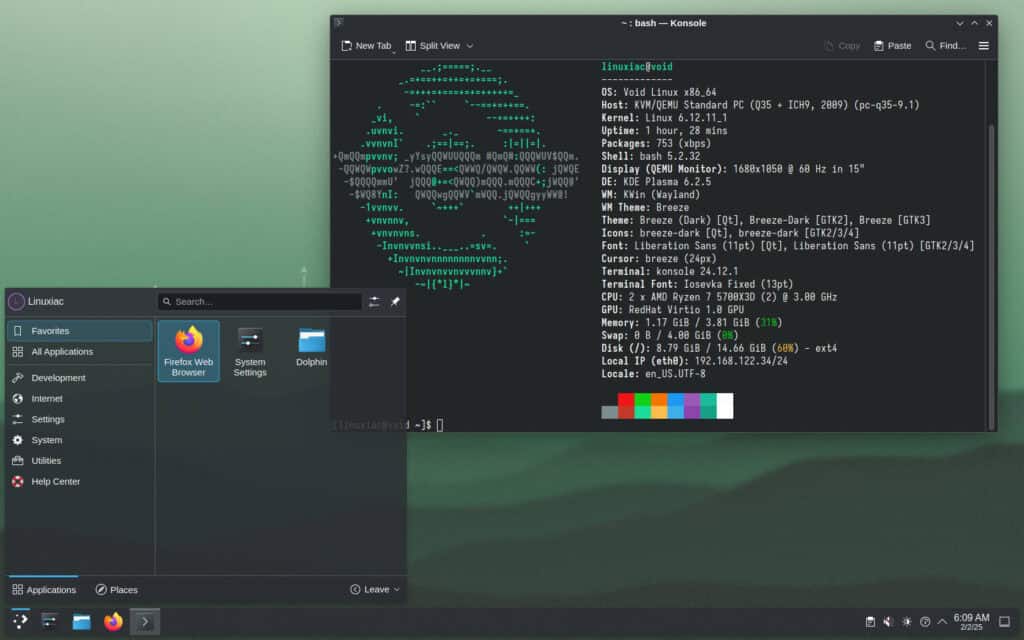Systemd-free distro Void Linux has officially released its February 2025 ISO image, introducing enhancements and expanded device support, especially for users eager to deploy Void on cutting-edge ARM hardware.
The updated release now includes support for several popular arm64 UEFI devices. Specifically, users with Apple Silicon machines, Lenovo ThinkPad X13s laptops, or Pinebook Pro devices will be able to enjoy Void Linux with far fewer hurdles.
For others running different arm64 hardware, the new aarch64 and aarch64-musl live ISOs offer promising compatibility—provided the device supports UEFI and can operate with a mainline kernel.
Moreover, this image release arrives with notable software updates. The live ISOs now feature Linux kernel 6.12 LTS, while Xfce-flavored versions come bundled with Xfce 4.20. For Raspberry Pi users, Void has integrated kernel 6.6 into its images, delivering improved performance and a broader range of driver support.
Another handy addition is xgenfstab, a brand-new script from xtools designed to streamline the generation of “/etc/fstab” files in chroot-based installations. This script is expected to save time and reduce potential user error, especially for those frequently juggling multiple installations.

In addition to the fresh features, several important fixes and changes have been incorporated. Notably, a lingering issue that prevented systems with Nvidia graphics cards from booting unless nomodeset was applied has been resolved.
Users can still select nomodeset directly from a newly introduced bootloader menu entry if needed, and they will also find additional hotkeys in the bootloader menu for quick navigation. Raspberry Pi images have been trimmed down in size but will conveniently expand their root partitions on the first boot, utilizing growpart to fit the dimensions of the storage device.
Lastly, the updated void-installer helps users enable services post-installation with a dedicated menu, and the latest rpi-aarch64 and rpi-aarch64-musl images now work seamlessly with the newly released Raspberry Pi 500 and CM5.
For more details on the release, see the announcement.
Just a quick reminder—if you’re thinking about installing Void but worried it might be too complicated, don’t worry. Our easy-to-follow, step-by-step guide covers you: “How to Install Void Linux.” And if you need help with the XBPS package manager, we have a guide, too.
